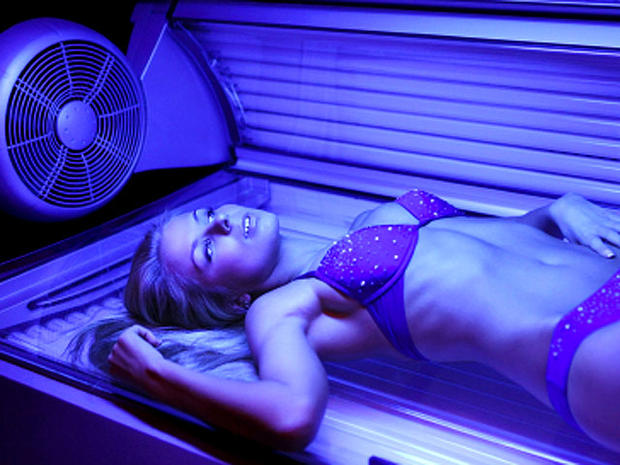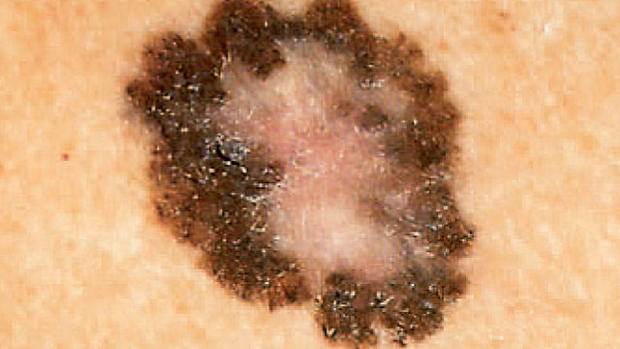Are health police trying to burn tanning salons or save young lives?
(CBS/AP) ALBANY, N.Y. - For New York teens that love to tan, a new proposed law may burn. The state is angling to become the first to ban indoor tanning for minors.
The big fear, of course, is skin cancer. A 2010 study found regular use of tanning beds can triple the risk for melanoma, the most deadly form of the disease. The risk was quadruple for people using high-pressure tanning beds, which emit more UVA radiation.
"It can be horrific," said Harvey Weisenberg, Assembly sponsor of the bill. "This is a cancer-causing process. They do it for proms. They do it for special occasions. ... There is lots of evidence."
The World Health Organization states that the $1 billion tanning industry uses some machines that can provide five times the ultraviolet radiation of the midday sun, one of many assertions disputed by the industry.
It's "a nanny state type of thing," said Indoor Tanning Association spokesman John Overstreet.
He said foundations supporting research, which he finds faulty and biased, are financially supported by sunscreen manufacturers. The prominent Skin Cancer Foundation, for example, is funded by more than 50 sunscreen, makeup and skin care companies and drug store chains, according to its website.
"Kids can get an abortion without parental permission, but you can't get a tan," said Dan Humiston, president of the national Indoor Tanning Association, which is fighting the measure. He owns 41 Tanning Bed stores from Buffalo to Utica.
Tanning remains popular amongst youth. A quarter of young woman polled by the American Academy of Dermatology said they regularly used tanning beds.
Skin cancer is the most common form of cancer, with more than 3.5 million cases affecting more than two million people each year, according to the Skin Cancer Foundation.
The good news is that skin cancer treatment can be very effective when the disease is caught early. Doctors use the ABCDE rule to determine if a mole or skin growth might be cancerous.
The National Cancer Institute breaks down ABCDE like this.
- Asymmetry: The shape of one half does not match the other half.
- Border that is irregular: The edges are often ragged, notched, or blurred in outline. The pigment may spread into the surrounding skin.
- Color that is uneven: Shades of black, brown, and tan may be present. Areas of white, gray, red, pink, or blue may also be seen.
- Diameter: There is a change in size, usually an increase. Melanomas can be tiny, but most are larger than the size of a pea (larger than 6 millimeters or about 1/4 inch).
- Evolving: The mole has changed over the past few weeks or months.
The best person to diagnose skin cancer is your doctor. Annual checkups with a dermatologist are recommended. Also, check out our slide skin cancer slide show below. Warning: the images are graphic.

